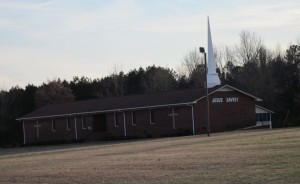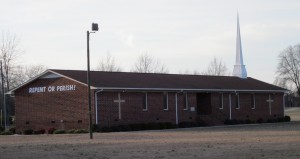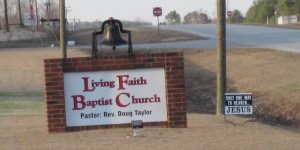This is the third post in a series which will highlight the insights found in the book by Len Oakes while comparing his observations and conclusions to my personal experience inside Word of Faith Fellowship (WOFF). This work by Len Oakes titled, “Prophetic Charisma” – The Psychology of Revolutionary Religious Personalities (copyright ©1997 by Syracuse University Press, Syracuse, NY, ISBN 0-8156-2700-9) has captured my attention. We closed the last post in this series promising to review the traits and behaviors learned by Oakes about those who have this “prophetic charisma” and compare them to my understanding, experience and knowledge of Jane Whaley, leader of WOFF.
It is at this point, I will admit several thoughts and concerns. When I first heard of this book and ordered it, my excitement was off the meter. As I began reading this work, my expectations have been realized and more. Yes, I have been awed at the accuracy of this work by a man, who to my knowledge has never met or heard of Jane Whaley. While at the same time I have felt a degree of validation and/or vindication, even though that comes with a certain and definite note of sadness. Oakes gives some direction in the Introduction that has led me to realize that this series will not only be about Jane Whaley and how she compares to the observations of Oakes. Oakes writes, “Because we cannot really understand the prophet without understanding something of the followers and the particular bond they share with their leader, discussions are presented in chapters 7 and 8 of the followers and their quest, and also of charismatic rituals.” (page 22) In order to present a more complete picture of my time at WOFF and what I observed, I will be reviewing the insights of Oakes about followers in later posts and comparing to my thoughts, feeling and resulting experience. The thought of doing this gave me some apprehension at first. But, I will attempt to share all as we go through the highlights of this work by Oakes. This attempt coupled with the quandary that there is so much valuable insight in the book; I am realizing there is no way to share all of it. Let me encourage you to find your own copy and read it at your pace. Amazon.com was my source for the book.
Oakes gives some understanding as to where his observations and analysis led him. The results gave him, “…first, a more finely grained description of the basic behaviors of the leaders—that is, a list of specific traits unlikely o be measured by a standardized psychological test –and , second a developmental sequence of life stages—a kind of “natural history of prophetic development”—that accounts for development of these traits and behaviors.” (page 12) In truth, I am not sure how many posts it will take to cover these traits. But, we will list them and give my experiences within WOFF and see if Jane displayed these traits. Next, we will share about the “life stages” and compare them to what Jane has revealed about herself as she loved/loves to tell her story to her faithful WOFF members. I should be able to recall most of it as I heard it many times.



